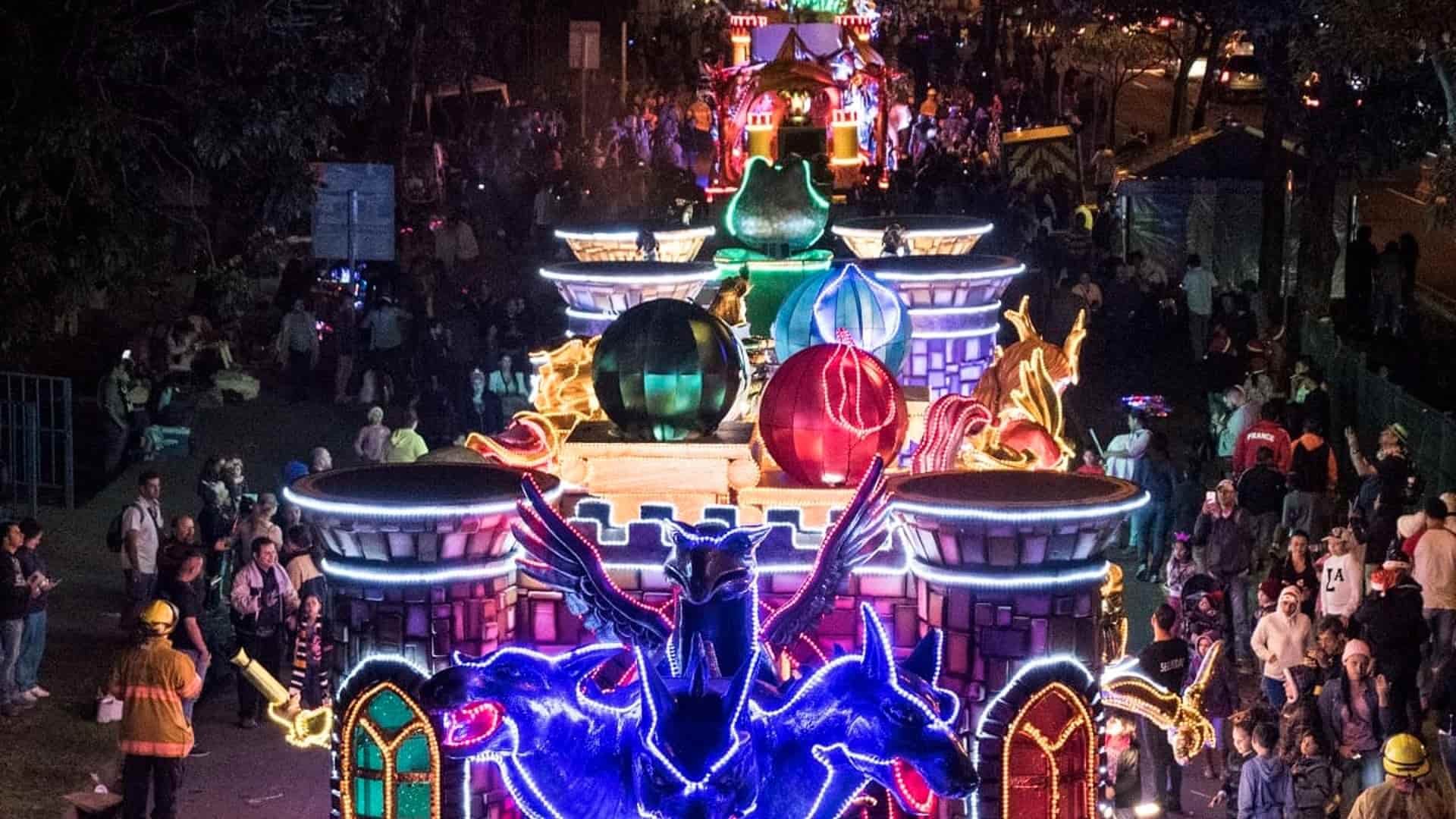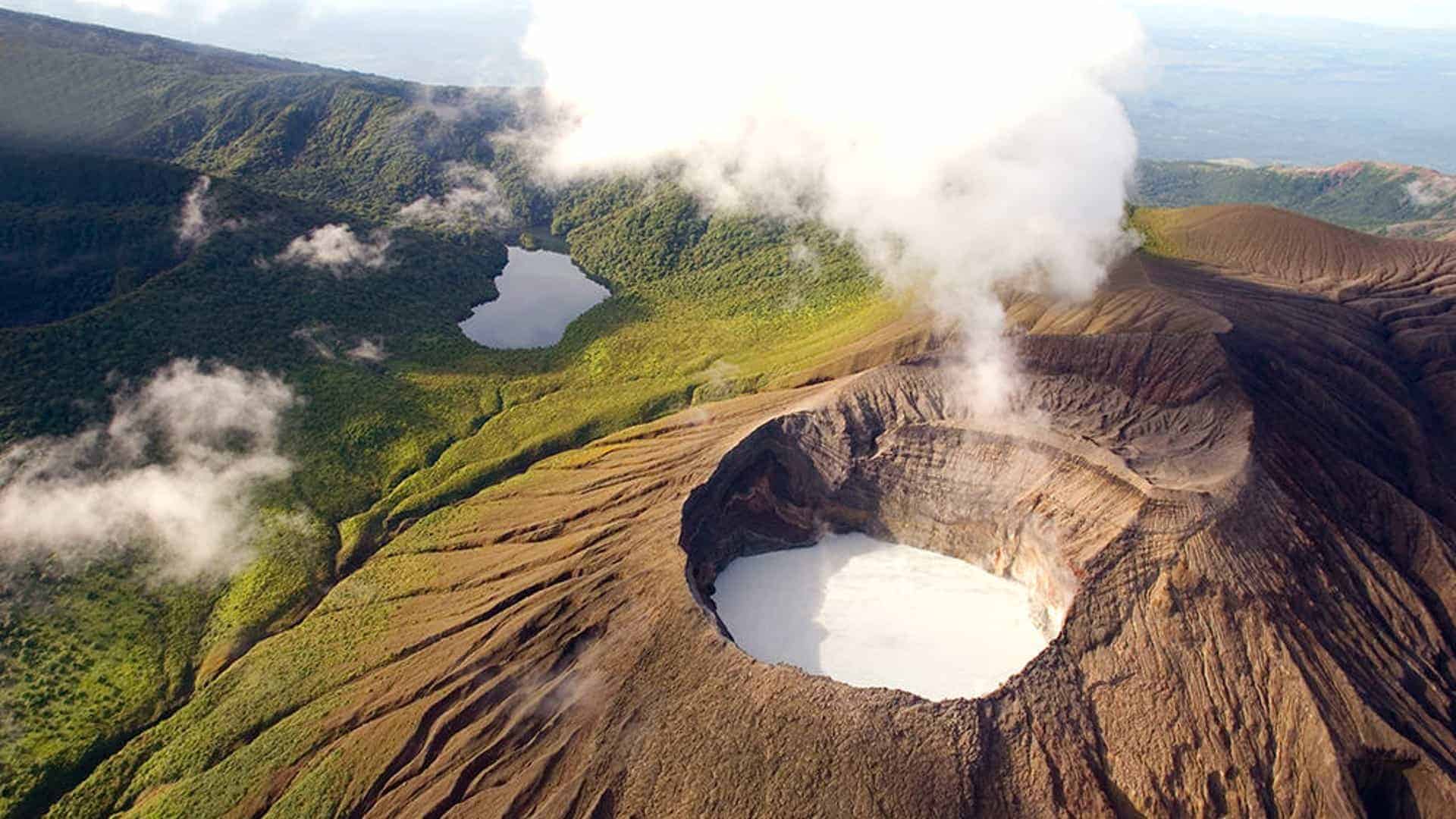Table of contents
About 76% of Costa Ricans are Catholic, making Catholicism one of the strongest religions in Costa Rica. This fact alone can give you an idea of the importance of Holy Week and Easter in Costa Rica. If you want to visit Costa Rica and want to know what it is like to celebrate this holiday there, we invite you to revise the information exposed below.
What is celebrated during Holy Week and Easter in Costa Rica?
Just to give a little bit of context, Holy Week (Semana Santa in Spanish) is the time of the year when Catholics and Christians celebrate the passion, death, and resurrection of Jesus Christ.
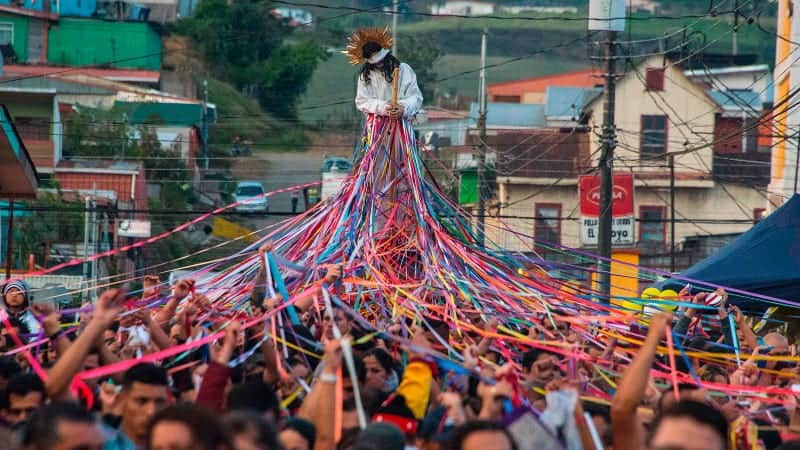
When is Easter in Costa Rica celebrated?
In 2023, the dates on which Holy Week is celebrated go from Sunday, April 2nd to Saturday, April 8th, and Easter is celebrated on Sunday, April 9th.
Why does the date on which Holy Week is celebrated change every year?
Compared to other official holidays like Christmas, Independence Day, Halloween, and others, Holy Week doesn’t have fixed dates. The dates depend on the beginning of spring and the lunar calendar, which marks Catholic Easter each year. Dates usually range from the end of March to the beginning, mid, and sometimes the end of April.
Meaning of Holy Week for Costa Ricans
For Costa Ricans, Holy Week or Easter week is meaningful in different ways. For some, it is a reflection time, where the life and sacrifice of Jesus Christ on the cross are remembered. For others, it represents a time to rest and relax from work, and for some, it is a space dedicated to sharing with family, which Ticos highly value. Whatever way Costa Ricans decide to spend this holiday, there are essential links or common denominators these days, and those are traditional food, traditions, and religious ceremonies.
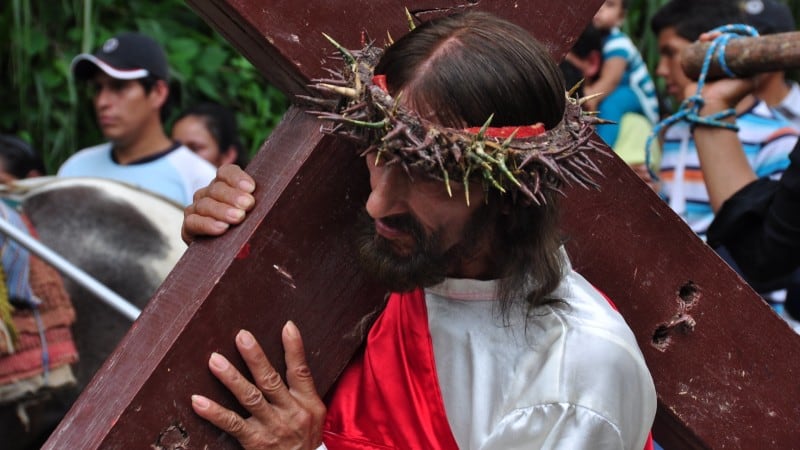
Traditional dishes served during Easter in Costa Rica
Holy Week, or as the locals call it, “Semana Santa” in Costa Rica, is linked to preparing traditional dishes that are usually not seen at other times during the year.
Costa Ricans enjoy typical Holy Week dishes with different textures, flavors, and aromas. Some of the most popular dishes include escabeche (this consists of a mixture of vegetables cooked “al dente” and preserved in vinegar), rosquillas (hardened and rounded corn baked biscuits), rice with hearts of palm, fish or shellfish soup, stuffed bread, pickles, stews made from leaves and flowers, bitter leaves and hearts of palm, mute tamales (made with corn dough only) or stuffed with beans, mustard hash, chicasquil or potato, sponge cake, dishes with dried and salted cod, other types of fresh fish and sea products, a wide variety of honey made with different fruits like mango, grapefruit, cashew and many more.
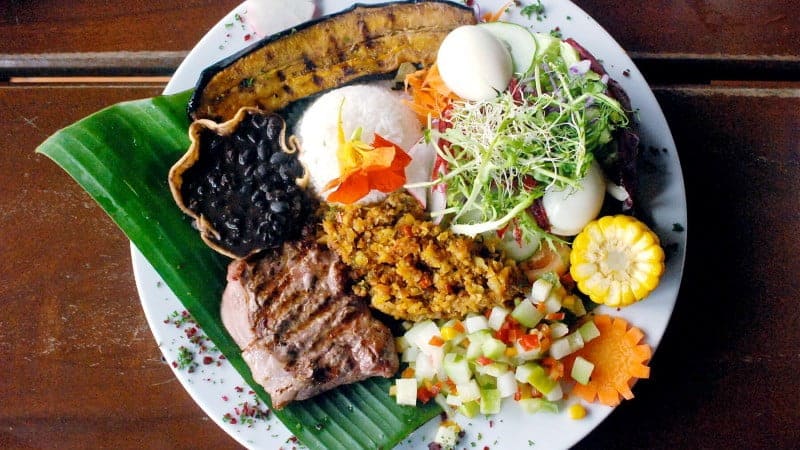
Miel de Chiverre
If you have a sweet tooth, we invite you to try the favorite and most popular traditional sweet in Costa Rica during these festivities: the famous miel de chiverre or chiverre honey. If you have never seen it or heard of chiverre, get ready to encounter it on every corner during Easter week. Chiverre looks like a watermelon on the outside, it is white on the inside, and it has a texture very similar to pumpkin. During Easter Week ticos eat miel de chiverre on bread (as it has a jam texture), baked into empanadas, or simply eat it with a spoon.
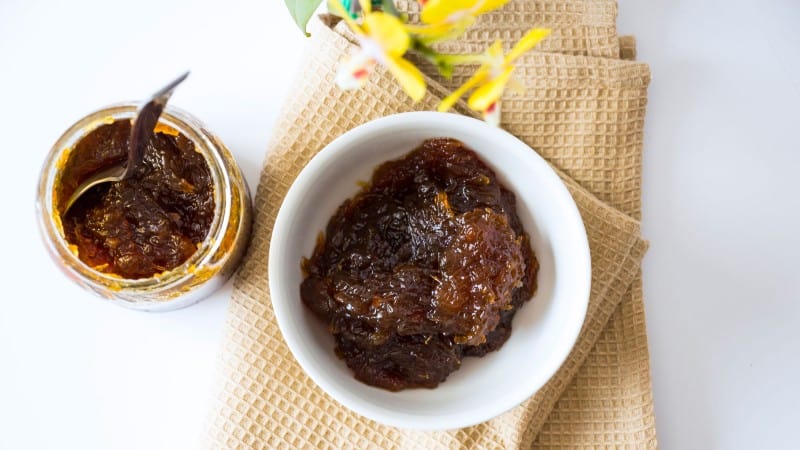
Easter celebrations, superstitions, and traditions
It is very common that during the whole week, church members, along with clergy, perform processions, keep certain traditions and remember and keep a few superstitions.
#1
Processions
The traditional processions in each city take place on Holy Wednesday, Holy Thursday, Good Friday, and Easter Sunday. Each procession is dedicated to the Passion of Jesus: his journey through Jerusalem, crucifixion, and resurrection. Participants dress as Roman soldiers and officials who sentenced Jesus to death. Other characters in the parades are the Virgin Mary, Mary Magdalene, Saint Joseph, the apostles, and of course, the angels. Community volunteers take their part very seriously, and you can tell how much they enjoy performing and promoting spiritual awareness and reverence.
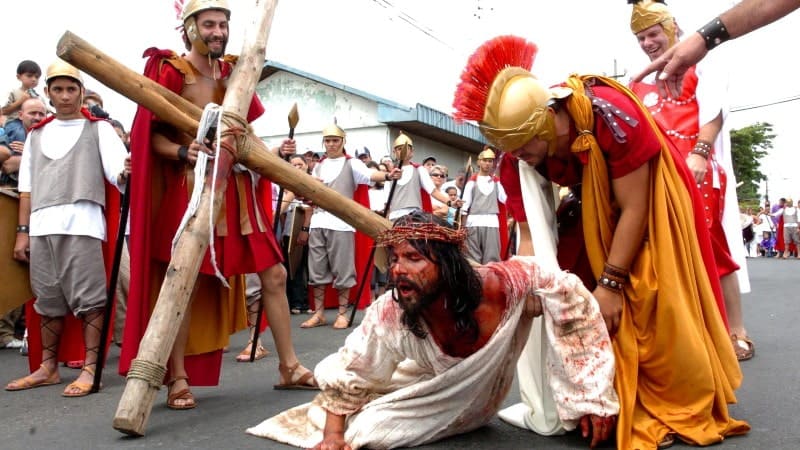
#2
Traditions
Some of the most common traditions held by Costa Ricans are:
- Carpets of flowers, sawdust, or fruit: These creations are made in the streets for the passage of different processions.
- Feet washing during Mass on Holy Thursday: This symbolic activity represents the washing of feet that Jesus did to his disciples at the Last Supper.
- Visit to the seven temples: During Holy Thursday, seven random churches are visited, symbolizing the pilgrimage of Jesus after being learned.
- Living Via Crucis: During Good Friday, different moments that Jesus lived before being crucified are represented.
- Burning of Judas or Juan Carnival: this takes place on Good Friday during the day; it is the burning of a rag doll that represents the betrayal of Jesus.
- Silent procession: It takes place on the night of Good Friday, with lighted candles. The purpose is to encourage awareness and reflection on the events of the day.
- Prayer of the Rosary: It is performed especially on Holy Saturday as a symbolic gesture to accompany Mary in her mourning.
Easter Sunday is a day of joy and festivities, celebrating the Resurrection of Jesus, representing the beginning of a new cycle or the start of a new life.
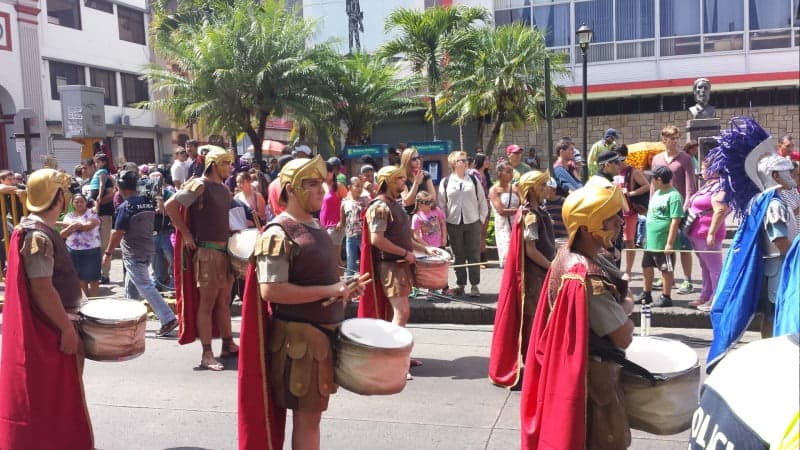
#3
Red meat abstinence
Abstinence from eating red meat on Good Friday is a tradition still kept by many religious Costa Ricans in honor of Jesus, as he sacrificed his own flesh for humanity.
Subscribe to our newsletter
to stay up to date
#4
Superstitions
Ticos have heard of many stories that have become legendary and have been inherited for generations. A couple linked to Easter week are:
- Never swim on Good Friday; otherwise, you will turn into a fish.
- Don’t claim a tree on Good Friday; otherwise, you will grow a tail.
Tips for travelers visiting Costa Rica during Holy Week and Easter
Please read below a few tips that will be useful if you plan on traveling to Costa Rica during this time of the year.
- Increased crowds. Holy Thursday and Holy Friday are official paid holidays in Costa Rica. This means that most Ticos take those days off, and some even take the entire week off. A huge percentage of people leave the city and typically head to the beach to enjoy the long weekend. That being said, expect a lot of vehicle traffic and crowded beaches both in the Pacific and the Caribbean.
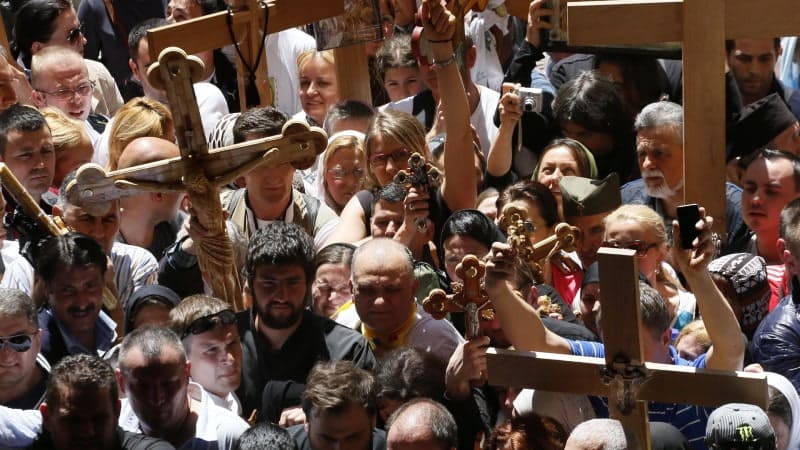
- Book your hotel reservations and car rental with enough time in advance. Since most Ticos have the majority of Holy Week off, tourist places (beaches, mountains, resorts, national parks, and more) tend to be extra busy. Make sure you make your reservations with enough time in advance to avoid finding yourself without a room. The same goes for your car rental.
- Be aware of the dry law. There was a time when mainly Holy Thursday and Holy Friday meant no alcohol being sold anywhere nationwide in Costa Rica. Even when those times have changed, be aware that the amount of alcohol available at stores during those days may decrease, as some Ticos still hold the tradition of taking a break from alcohol.

- Increased temperatures. The hottest months in Costa Rica are March and April, so everybody knows that Holy week means hot weather. Temperatures during the day will vary, but they can get to 92°F, especially if you are on the beach.

- Limited schedule. Since Holy Thursday and holy Friday are paid holidays, many businesses close down. Otherwise, they would have to pay double to their employees. Years ago, every commerce would shut down, and it would be like a ghost town, especially in the city. However, nowadays, what happens is that the ones who remain open have modified their schedule. Expect a more limited schedule in supermarkets and drugstores. Restaurants, for the most part, stay the same.
We hope this quick guide turns out to be quite helpful during your trip to Costa Rica, especially if you choose to visit during Holy Week. If you want to find the best accommodations for your holidays, don’t hesitate to check this site (our client’s site).
Subscribe to our newsletter
to stay up to date

